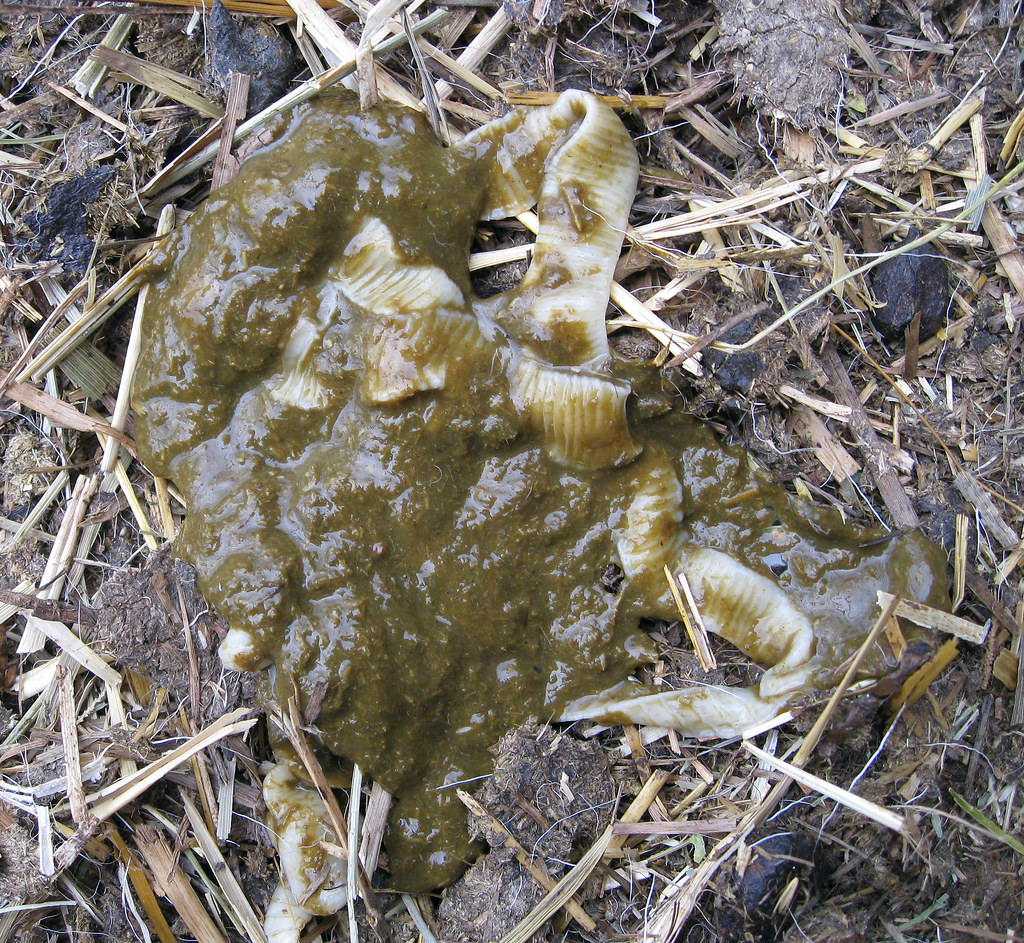

If the individual does not wash their hands after going to the toilet, for example, there is a risk of reinfection. Reinfectionĭuring treatment, humans can reinfect themselves if they have difficulty maintaining hygiene levels. This type of infection occurs with dwarf tapeworms and is much more common in areas where it is more difficult to maintain high levels of hygiene. After the egg is transmitted to a human host, the tapeworm transitions from an egg to the adult stage. The insects are intermediate hosts, which can then be ingested by humans. Insect-to-human transmissionįleas and some types of beetles may pick up the eggs by eating the droppings of infected rats or mice. A dwarf tapeworm infection is the most common tapeworm infection globally in humans. It is the only tapeworm that can go through its entire life cycle in one single host. The dwarf tapeworm can pass from human to human, according to 2015 research. Undercooked or raw freshwater fish, such as salmon, are the most common sources. These include Europe, North America, and some countries in Asia. pass through the human digestive system and end up in the toilet when a person passes stoolįish tapeworm infections are more common in countries where the consumption of raw fish is common practice.attach themselves to the walls of the intestine.If meat or fish have larvae cysts and are undercooked or raw, the cysts can travel to the human intestine, where they can mature into adult tapeworms. This type of infection is most common with tapeworms that come from infected pigs, and is much less common if the original host was cattle or fish.

The eggs hatch into larvae and make their way into the gut, or outside the gut and infect other parts of the body.

Most people who develop tapeworms do so after ingesting tapeworm eggs or larvae. There are rare reports of Dipylidium (a common tapeworm in pets) infections in children, but these infections are not associated with significant disease.Share on Pinterest The Taenia solium (pork tapeworm).

Fortunately, these tapeworms ( Echinococcus species) are uncommon in the United States and are readily treated by prescriptions available from your veterinarian. For more information about human infections, please visit Can humans be harmed by tapeworms?Ĭertain tapeworms found in dogs or cats may cause serious disease in humans. To prevent Taenia and Dipylidium tapeworm infections in dogs, administer a monthly heartworm preventive that contains a drug specific for tapeworm infections. If you think your dog is infected with tapeworms, call your veterinarian for an appointment to get an accurate diagnosis and safe, effective treatment options. Because fleas are an intermediate host for the most common kind of tapeworm, consistent, safe, and effective flea control is an essential prevention measure. Try to keep your dog from coming in contact with intermediate hosts that contain tapeworm larvae. How do I prevent my dog from getting tapeworms?
#TAPE WORMS SKIN#
Contrary to popular belief, dogs that “scoot” on their rear ends are generally doing it for reasons other than having tapeworms, such as blocked or irritated anal sacs (pouches located in your dog’s rear end) or other skin inflammation of the rear. Dipylidium caninum is a tapeworm that uses fleas as its intermediate host, whereas Taenia and Echinococcus species use small rodents (mice, rats, squirrels), rabbits, or large animals (such as deer or sheep) as their intermediate hosts.ĭogs with tapeworm infections usually are not sick and do not lose weight from the worms. There are several different kinds, or species, of tapeworms that can infect your dog, each with stage(s) in a different intermediate (in-between) host, which the dog eats to become infected. Tapeworm infections are usually diagnosed by finding segments-which appear as small white worms that may look like grains of rice or seeds-on the rear end of your dog, in your dog’s feces, or where your dog lives and sleeps. A tapeworm body consists of multiple parts, or segments, each with its own reproductive organs. Tapeworms are long, flat worms that attach themselves to your dog’s (or cat's) intestines.


 0 kommentar(er)
0 kommentar(er)
